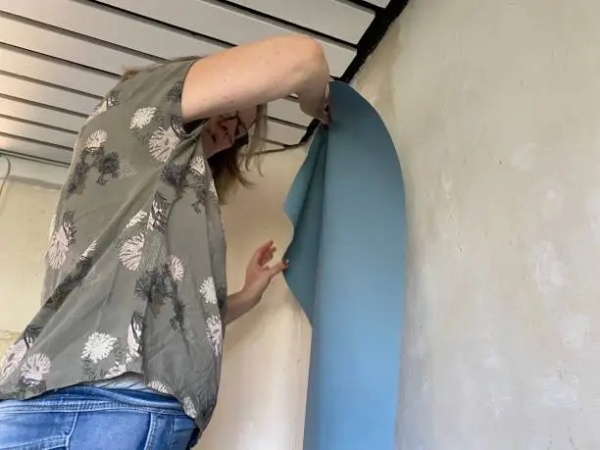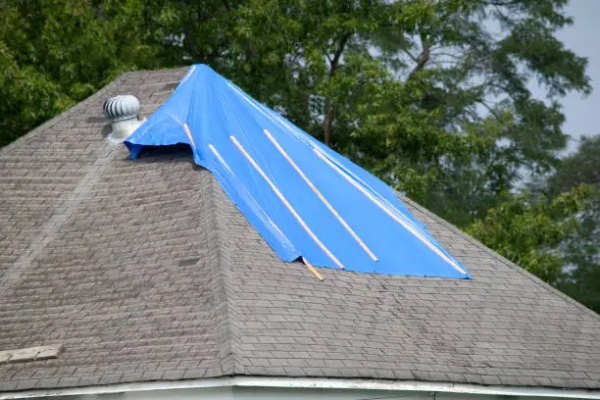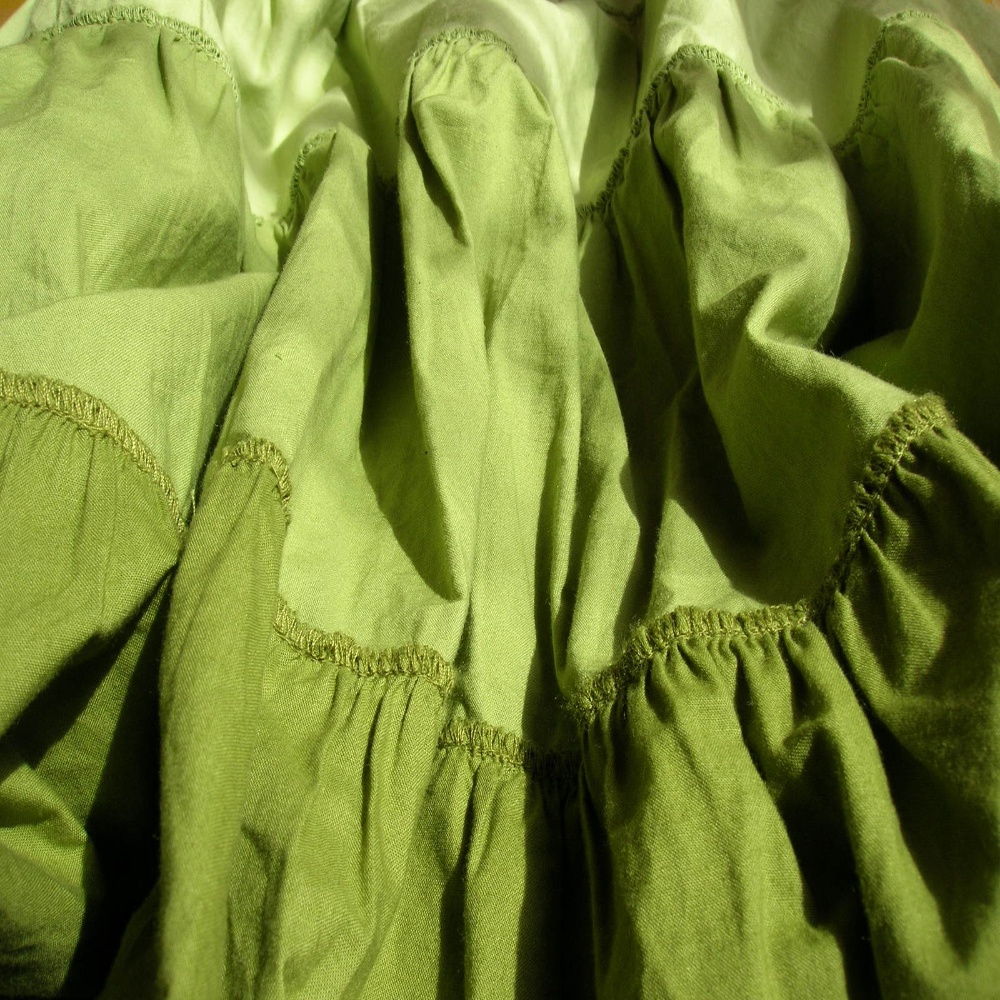Shade cloths are essential for creating comfortable outdoor spaces. Whether you’re covering a pergola, a greenhouse, or a simple garden structure, attaching a shade cloth to a metal frame effectively can be a game changer. Here we will walk you through various “shade cloth fixing methods,” ensuring your setup is both secure and aesthetically pleasing.
Understanding the Basics of Choosing the Right Shade Cloth
When it comes to setting up a shade cloth in Australia’s often harsh and sunny climate, the key to success lies in selecting the appropriate material. This choice is critical not only for ensuring the longevity of the shade cloth but also for achieving the desired level of comfort and protection in your outdoor space.
Material Quality
The first aspect to consider is the material quality of the shade cloth. Given Australia’s unique climate, which can range from intense sun to heavy rain, the material needs to be exceptionally durable. A high-quality, UV-resistant shade cloth is non-negotiable. UV resistance is crucial because it ensures that the cloth will not degrade or lose its strength and color after prolonged exposure to the sun’s harsh rays. This durability is important not only for the cloth’s longevity but also for maintaining consistent protection from UV radiation over time.
A good shade cloth should be made from a fabric that is designed to withstand various weather conditions, including extreme heat, strong winds, and occasional heavy downpours. This resilience ensures that the shade cloth remains a reliable feature in your garden or patio area, without the need for frequent replacements or repairs.
Density and Color
Another vital factor to consider is the density and color of the shade cloth. These elements play a significant role in determining how much light and heat are filtered through the cloth, directly impacting the level of comfort beneath it.
The density of the shade cloth affects its ability to block sunlight. A denser cloth will allow less light to pass through, creating a cooler, more shaded area. This can be particularly beneficial in areas where intense sunlight is prevalent, as it helps to create a significantly cooler environment. However, it’s important to strike a balance, as a cloth that is too dense can make the area underneath feel dark and enclosed.
The color of the shade cloth also influences its heat and light filtering capabilities. Lighter colors tend to reflect more sunlight, thereby reducing the amount of heat that passes through the cloth. This can be ideal for creating a cooler shaded area. On the other hand, darker colors absorb more heat, which might be preferable in cooler climates or during the milder seasons in Australia when a little extra warmth is desirable.

What Do You Need for Preparing Shade Cloth Installation on a Metal Frame?
Preparing for the installation of a shade cloth on a metal frame is a multi-faceted process. It requires careful consideration of the tools and materials needed for the job, as well as a thorough assessment of the frame’s condition. By meticulously planning and preparing, you can ensure that the installation process is efficient, safe, and results in a stable and attractive shade solution.
Gathering Essential Tools and Materials
The first step in your preparation is to assemble all the tools and materials you will need for the installation. Key among these are:
- Measuring Tape: Precision is key in ensuring that your shade cloth fits perfectly on the metal frame. A measuring tape will help you to accurately measure the dimensions of the area to be covered.
- Scissors or Utility Knife: Once you have the measurements, you will need a pair of sharp scissors or a utility knife to cut the shade cloth to size. It’s important to use a tool that will give you a clean, straight cut to avoid fraying and to ensure a neat finish.
- Suitable Fasteners: The choice of fasteners is crucial. Depending on the method of attachment you choose, you might need tie wraps, specialized shade cloth clips, or other fastening devices. These fasteners need to be strong enough to hold the cloth in place and withstand environmental factors such as wind and rain.
Metal Frame Assessment
An equally important aspect of preparation is assessing the condition of the metal frame onto which the shade cloth will be attached. This assessment ensures that the frame is suitable and safe for the installation. Key points to check include:
- Structural Integrity: The frame should be sturdy and capable of supporting the shade cloth without bending or buckling. This is particularly important for larger installations or where the cloth will be subjected to environmental stresses like strong winds.
- Rust Assessment: If the frame is made of metal, it’s essential to check for any signs of rust. Rust not only weakens the structure but can also stain the shade cloth. For permanent installations, a rust-free frame is imperative to ensure longevity and durability.
- Compatibility with Fasteners: Ensure that the frame is compatible with the fasteners you intend to use. For instance, if you’re using tie wraps, the frame should have points where these can be securely fastened without slipping or causing damage to the frame or the cloth.
Check: Steel Fixing Methods
How Do You Accurately Measure and Cut Shade Cloth for Attachment to a Metal Frame?
Attaching a shade cloth to a metal frame requires precision, particularly in the measuring and cutting phases, to ensure a perfect fit and secure attachment. A step-by-step approach to this process can significantly enhance the effectiveness and appearance of the final setup. Here’s how to accurately measure and cut the shade cloth:
Accurate Measurements
The first critical step in the process is to take accurate measurements of the area of the metal frame where the shade cloth will be attached. This step is essential for a couple of reasons:
- Determining the Required Size: Measuring the frame helps in determining the exact size of the shade cloth needed. It’s crucial to measure all dimensions of the frame, including length, width, and any irregular angles or curves, if applicable. This ensures that the shade cloth covers the intended area completely without leaving any gaps.
- Allowance for Tension and Fastening: When measuring, it’s advisable to add a slight allowance to each side of the cloth. This extra margin is important for creating tension when attaching the cloth to the frame and allows some room for adjustments during installation.
Cutting to Size
Once the measurements have been taken, the next step is cutting the shade cloth to the appropriate size. This step needs to be executed with precision and care:
- Slight Oversizing: Cut the shade cloth slightly larger than the measured dimensions. This oversizing accounts for the extra material needed to wrap around the frame or to be secured by fasteners, ensuring a tight and secure fit.
- Using the Right Tools: For cutting, use sharp scissors or a utility knife to ensure clean and straight cuts. A clean cut is important for both the aesthetic appearance of the cloth and its durability. Frayed or jagged edges can lead to tearing and faster wear and tear of the material.
- Marking Before Cutting: Before making any cuts, mark the cloth using a fabric marker or chalk, following the measurements. This will serve as a guide and help in achieving straight and precise cuts. It’s always a good practice to double-check measurements before cutting to avoid any mistakes.
Measuring and cutting the shade cloth accurately are crucial steps in attaching it to a metal frame. Taking precise measurements ensures that the cloth covers the intended area completely, while cutting it slightly larger than these dimensions allows for a secure and tensioned fit.

Fixing Methods for Optimal Durability
- Using Tie Wraps: For a quick and easy method, use UV-resistant tie wraps. Thread them through the grommets in the shade cloth and around the metal frame. Ensure they are tight and evenly spaced.
- Using Specialized Clips: Specialized shade cloth clips, available at local hardware stores, can provide a more robust attachment. These are particularly useful for larger installations.
- Sewing with Hem and Grommets: For a more tailored approach, sew a hem around the edges of the shade cloth and insert grommets. This method allows for a more permanent and aesthetically pleasing setup.
Check: Carpet Repair Services Provider
How Can You Maintain and Care for Your Shade Cloth to Ensure Its Longevity?
Maintaining and caring for your shade cloth is crucial to ensure it remains effective and aesthetically pleasing over time. Proper maintenance not only extends the lifespan of the shade cloth but also ensures it continues to perform its function of providing shade and UV protection. This care involves regular inspections and cleaning routines.
Conducting Regular Inspections
Regular inspections are key to identifying potential issues before they become major problems. This involves:
- Checking Attachments: Examine the points where the shade cloth is attached to the metal frame. Look for any signs of wear or damage, such as loosening, tearing at the attachment points, or fraying edges. The stability of these attachments is crucial, as they bear the brunt of the tension and stress placed on the cloth.
- Post-Weather Assessments: After extreme weather conditions like strong winds, heavy rain, or storms, it’s particularly important to inspect the shade cloth. Such conditions can strain the attachments and the fabric, leading to potential damage.
- Structural Integrity: Periodically assess the overall structure, including both the shade cloth and the metal frame. Ensure that the frame remains rust-free and that the cloth hasn’t stretched or sagged in a way that diminishes its effectiveness.
Implementing Cleaning Tips
Keeping your shade cloth clean not only maintains its appearance but also preserves the material’s integrity. Here are some cleaning tips:
- Regular Cleaning Schedule: Establish a routine to clean the shade cloth periodically. The frequency of cleaning will depend on your local environment. Areas with higher pollution or natural debris may require more frequent cleaning.
- Gentle Cleaning Methods: Use mild soapy water and a soft brush or cloth to gently clean the shade cloth. Avoid harsh chemicals or abrasive tools that can damage the UV protective coating or the fabric itself.
- Rinsing and Drying: After cleaning, thoroughly rinse the shade cloth to remove any soap residue. Allow it to dry completely before reattaching or using it. This prevents mold and mildew growth, which can degrade the material over time.
- Dealing with Stubborn Stains: For stubborn stains, use a fabric-safe stain remover, and follow the manufacturer’s instructions. Test any cleaning product on a small, inconspicuous area first to ensure it doesn’t damage the fabric.
How Do You Troubleshoot and Overcome Common Shade Cloth Installation Challenges?
Successfully installing a shade cloth on a metal frame can sometimes present challenges that need to be addressed to ensure the structure’s functionality and longevity. Understanding how to troubleshoot common issues is crucial for maintaining the integrity of your shade cloth installation. These challenges primarily involve dealing with sagging cloth and preventing damage to the material.
Addressing Sagging Cloth
One of the most common issues faced after installing a shade cloth is sagging, which can occur due to various reasons, such as improper tension during installation or the cloth stretching over time. To rectify this:
- Tightening Fasteners: Start by examining the fasteners securing the shade cloth to the frame. If they have loosened, causing the cloth to sag, tighten them to restore the proper tension. This adjustment should be done gradually and evenly across the cloth to avoid creating too much tension in one area, which could lead to tearing.
- Repositioning for Better Tension: In some cases, simply tightening the existing fasteners might not be enough. If the cloth continues to sag, consider repositioning the fasteners. This might involve adding more fasteners or moving the existing ones to locations where they can better support the cloth. Ensuring an even distribution of tension is key to maintaining the cloth’s shape and effectiveness.
Preventing Damage to the Shade Cloth
Another issue that can arise is damage to the shade cloth, often caused by the frame’s condition or the environment. To prevent this:
- Avoiding Sharp Edges: Inspect the metal frame for any sharp edges or points that could tear the shade cloth. This is especially important for older frames or those that have undergone modifications. Sharp edges can easily snag and rip the fabric, compromising the installation.
- Using Edge Protectors: If you identify any problematic areas on the frame, consider applying edge protectors. These can be in the form of soft coverings or padding that shield the shade cloth from direct contact with sharp metal. Edge protectors not only prevent tearing but also help in reducing wear and tear from regular movement and environmental factors.
Troubleshooting common installation challenges with a shade cloth involves proactive measures like regularly checking and adjusting the tension of the fasteners and taking preventive steps to protect the cloth from potential damage.
Enhance Outdoor Spaces with Shade Cloths
Attaching a shade cloth to a metal frame is a simple yet effective way to enhance your outdoor space in Australia. By following these methods, you can ensure a secure and attractive setup that withstands the elements. Remember, the key to a successful installation lies in careful planning, choosing the right materials, and regular maintenance.
For more information on shade cloth installation and outdoor improvement projects, visit FixAustralia.com. Our site is dedicated to providing Australians with practical, DIY solutions for home and garden maintenance.
What are the most effective methods for fixing shade cloth to a structure?
The most effective methods include using timber fasteners for wooden structures, using S-hooks or snap hooks for metal frames, and employing specialized shade cloth clips or grommets for a secure attachment.
Can Shade Cloth be Attached to a Fence?
Yes, you can attach shade cloth to a fence using cable ties, screws with washers, or u-nails. Ensure the cloth is pulled taut to prevent sagging and damage from wind.
What Tools Are Needed for Shade Cloth Installation?
Basic tools include a measuring tape, scissors or a sharp knife for cutting the cloth, a hammer or drill for fixing attachments, and possibly a ladder for reaching higher points.
How to Keep Shade Cloth Taut?
Use tensioning methods like turnbuckles or tensioning ropes. Ensure all edges and corners are evenly and securely fastened to avoid any loose areas.
Is it possible to fix shade cloth on a pergola or gazebo?
Yes, you can fix shade cloth to a pergola or gazebo using staples for wooden structures or bungee balls and tie-downs for metal frames. Measure the area accurately to ensure a proper fit.
What precautions should I take when installing shade cloth in windy areas?
In windy areas, reinforce the attachment points, use heavy-duty fasteners, and consider a shade cloth with a lower wind resistance rating to allow airflow and reduce strain.
How to Repair Torn Shade Cloth?
For minor tears, use UV-resistant thread to sew the tear. For larger damages, apply a patch of shade cloth over the area and sew or glue it into place, ensuring the patch is weather-resistant.
Best Shade Cloth for Australian Sun
Opt for high-quality, UV-stabilized shade cloths with a UV block-out rate of 70% to 95%, suitable for the intense Australian sun.
Shade Cloth Installation Regulations in Australia
Check with your local council for any regulations or permits required in Australia, especially for large installations or public-facing areas.

